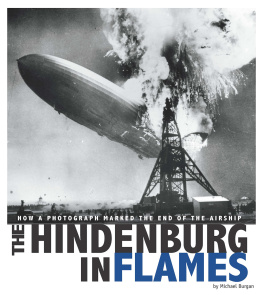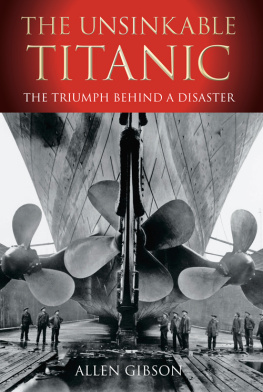Regis - Monsters : the Hindenburg disaster and the birth of pathological technology
Here you can read online Regis - Monsters : the Hindenburg disaster and the birth of pathological technology full text of the book (entire story) in english for free. Download pdf and epub, get meaning, cover and reviews about this ebook. year: 2015, publisher: Basic Books, genre: Non-fiction. Description of the work, (preface) as well as reviews are available. Best literature library LitArk.com created for fans of good reading and offers a wide selection of genres:
Romance novel
Science fiction
Adventure
Detective
Science
History
Home and family
Prose
Art
Politics
Computer
Non-fiction
Religion
Business
Children
Humor
Choose a favorite category and find really read worthwhile books. Enjoy immersion in the world of imagination, feel the emotions of the characters or learn something new for yourself, make an fascinating discovery.

- Book:Monsters : the Hindenburg disaster and the birth of pathological technology
- Author:
- Publisher:Basic Books
- Genre:
- Year:2015
- Rating:3 / 5
- Favourites:Add to favourites
- Your mark:
Monsters : the Hindenburg disaster and the birth of pathological technology: summary, description and annotation
We offer to read an annotation, description, summary or preface (depends on what the author of the book "Monsters : the Hindenburg disaster and the birth of pathological technology" wrote himself). If you haven't found the necessary information about the book — write in the comments, we will try to find it.
Abstract: Oh, the humanity! Radio reporter Herbert Morrisons words on witnessing the destruction of the Hindenburg are etched in our collective memory. Yet, while the Hindenburg ,like the Titanic ,is a symbol of the technological hubris of a bygone era, we seem to have forgotten the lessons that can be learned from the infamous 1937 zeppelin disaster.Zeppelins were steerable balloons of highly flammable, explosive gas, but the sheer magic of seeing one of these behemoths afloat in the sky cast an irresistible spell over all those who saw them. In Monsters , Ed Regis explores the question of how a technology now so completely invalidated (and so fundamentally unsafe) ever managed to reach the high-risk level of development that it did. Through the story of the zeppelins development, Regis examines the perils of what he calls pathological technologies,inventions whose sizeable risks are routinely minimized as a result of their almost mystical allure.Such foolishness is not limited to the industrial age: newer examples of pathological technologies include the US governments planned use of hydrogen bombs for large-scale geoengineering projects the phenomenally risky, expensive, and ultimately abandoned Superconducting Super Collider and the exotic interstellar propulsion systems proposed for DARPAs present-day 100 Year Starship project. In case after case, the romantic appeal of foolishly ambitious technologies has blinded us to their shortcomings, dangers, and costs.Both a history of technological folly and a powerful cautionary tale for future technologies and other grandiose schemes, Monsters is essential reading for experts and citizens hoping to see new technologies through clear eyes. Read more...
Regis: author's other books
Who wrote Monsters : the Hindenburg disaster and the birth of pathological technology? Find out the surname, the name of the author of the book and a list of all author's works by series.










